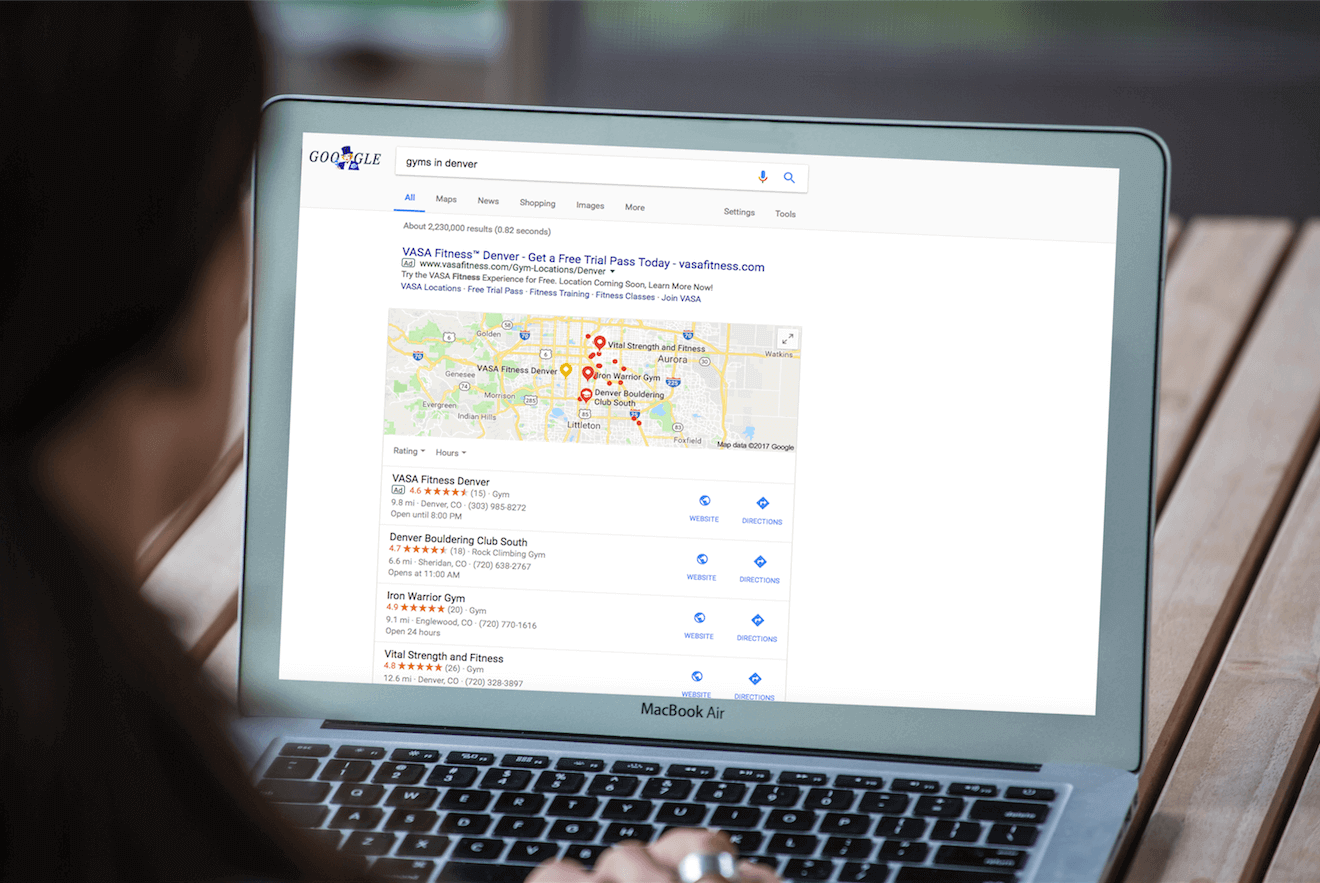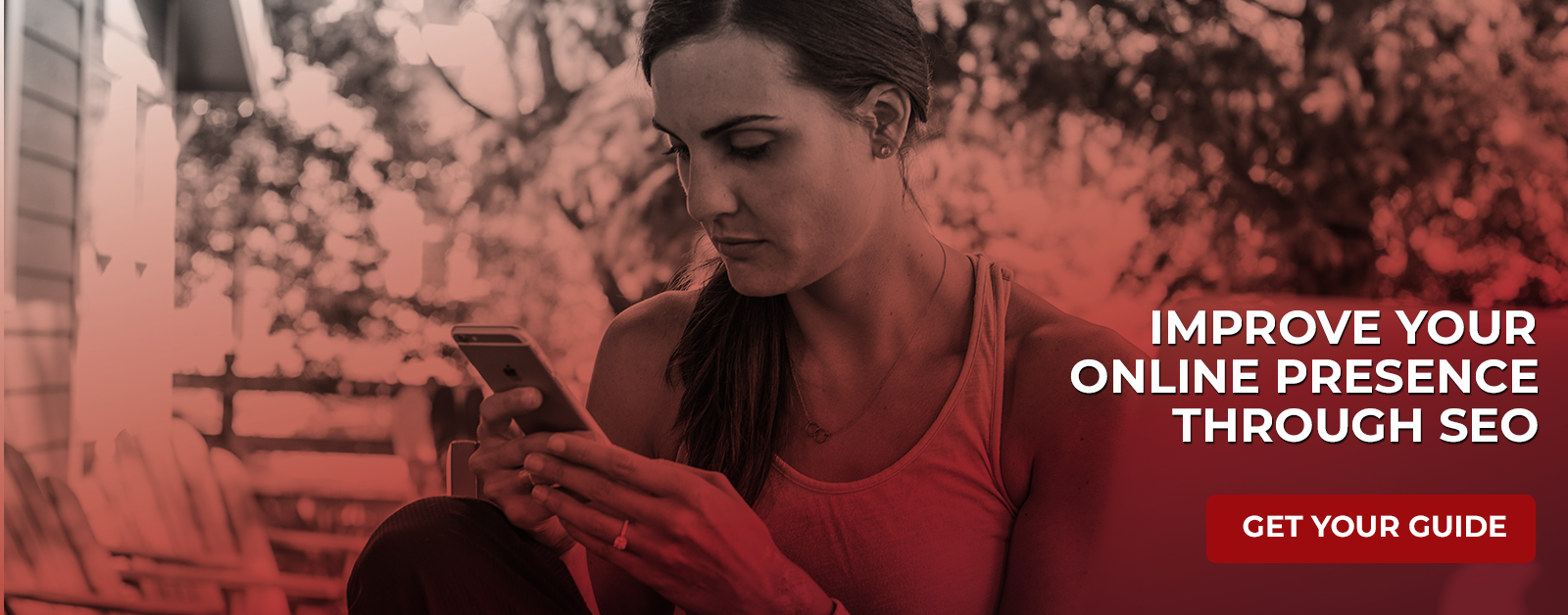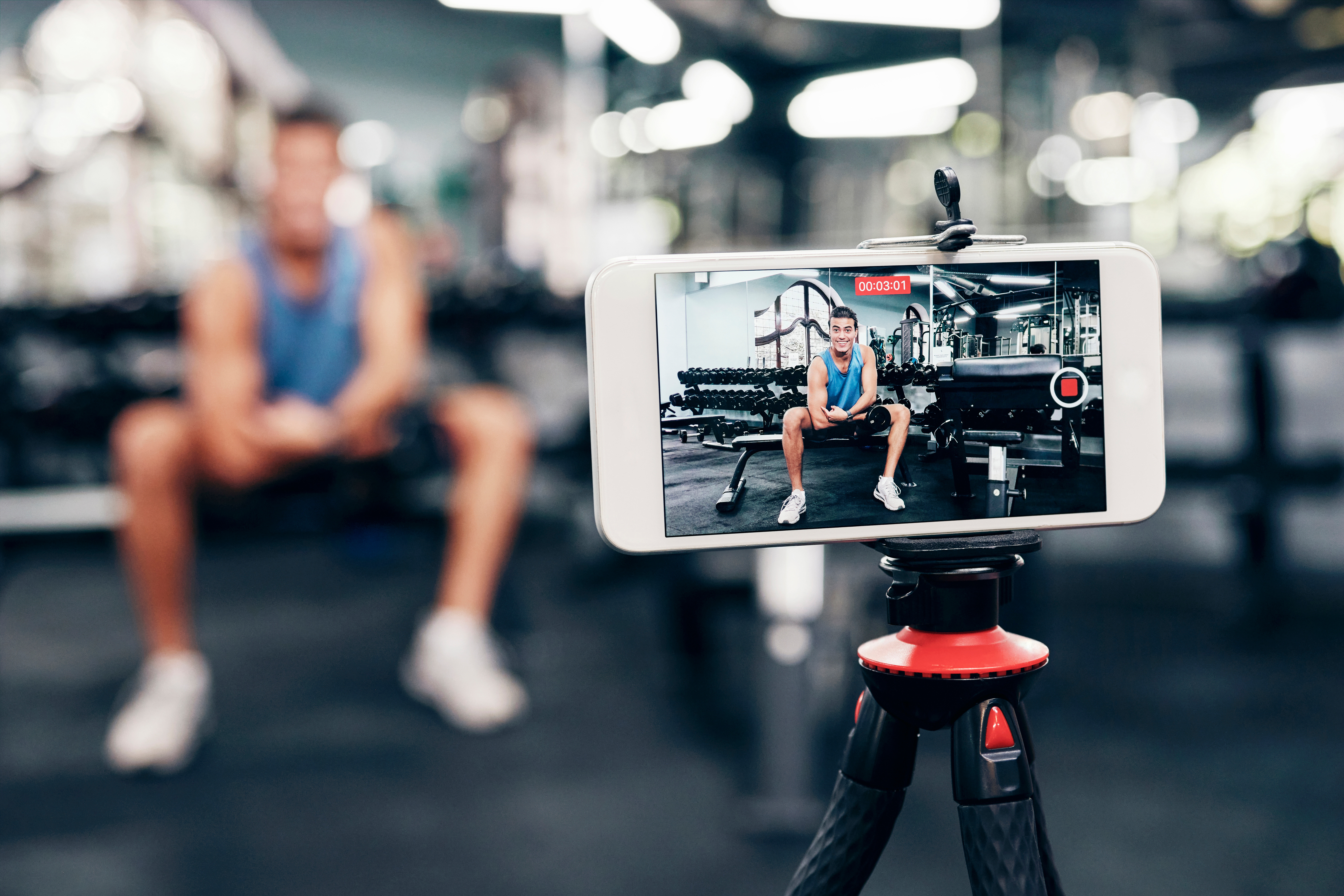Search Engine Marketing Must-Have Tactics Part 1: SEO and Local Listings


In our post, “Search Engine Marketing: The Key to Getting More Traffic to Your Website,” we talked about how Search Engine Marketing (SEM) is the key to driving relevant traffic to your website. By actively marketing your business online, you’re likely to get a higher ranking in search engines, connect with a more relevant audience and ultimately land new members.
There are multiple tactics your SEM efforts should include to be successful, but we’ll cover big four – the must-have initiatives that’ll really boost your ROI, over the new two blog posts. These four tactics include:
- Search Engine Optimization (SEO)
- Local listings
- Fresh content
- Pay-per-click (PPC) advertising
Search Engine Optimization (SEO)
What is it?
Optimizing you’re the coding of your website, as well as your web content, to improve your ranking in search engine results.
Why is it important?
People tend to click on one of the top three results when they do a search. If your business is one of them, you’ll likely see more traffic.
How it works
Your SEO efforts should start with an understanding of how search engine algorithms pick what sites to display when a user enters certain keywords. Let’s say a user searches for “hot yoga classes in Atlanta”. Google (or another engine) will comb through the web looking for sites that match those search terms.
Get your free 8 Step Guide to Optimizing Your Website
The algorithm it uses to determine the user’s intention and find the best matches to display in order of relevance is complex, but there are things you can do to compete for some of those top, valuable spots on the results page. That’s what SEO is – the effort a business takes to look good to the algorithm. It involves strategically using the right words on your site in the right places, considering both content that users see as well less obvious content, like title tags and meta descriptions. Google also considers the frequency and placement of these keywords, as well as images.
For good SEO, you’ll need to:
- Read up on how search algorithms work and SEO best practices
- Curate a list of relevant keywords
- Determine how to incorporate them into your content
- Consistently update your keyword list and your content so it stays relevant
The traffic you get from SEO is called “organic” or “earned” because even though you don’t pay for that top spot on a results page, it is definitely an investment in time and expertise. It’s also important to know that SEO isn’t an instant fix. You’ll see an uptick in traffic over time. Still, it’s important to invest in. According to Search Engine Journal, a full 70% of clicks go to organic search results.
Local Listing Optimization
What is it?
Managing your business’ presence on relevant, local directories.
Why is it important?
Just about everyone (4 out of 5 people) search for businesses near them, and an updated directory will boost your chances of showing up when people search near you.
How it works
Nobody wants a long drive to the gym, right? People want a great workout in an awesome facility, but it needs to be conveniently located to either their home or office, otherwise, the chance of them attending frequently goes down significantly.
When someone searches for a business in a certain geographic location, algorithms comb through online directories (in addition to its other web assets). You need to make sure that your business appears correctly in search directories – think of them as an online version of old-school yellow pages. According to Google, about half of people who search on their phone for a local brick-and-mortar business visit it within a couple days. Without strong directory listings, they may not see you.
Here’s how to get the most from local listings:
- Figure out which listings you want to optimize, like Google, Yelp, etc. There are hundreds, but we recommend optimizing these listings to start.
- Make sure each of these directories list your business name, address, phone number, hours, website, etc. correctly.
- Add your logo, include your business categories and write a keyword-rich description of your business.
- Go one step further by adding photos, videos, a short history or a mission statement, and by responding to reviews.
Next week we’ll cover how fresh content development and a strategic pay-per-click program can help send additional traffic to your website, rounding out your comprehensive search engine marketing strategy.
In the meantime, if you’re interested in learning more about SEO and local search, get your free copy of our 8 Step Guide to Optimizing Your Website.

I’m Coach Kelli, a devoted CrossFit gym owner with 15 years of experience managing my facility, along with owning yoga studios and wellness centers. Beyond the fitness world, I have a passion for cooking, cherish moments with my children and family, and find joy in spending time outside. Having experienced the highs and lows, I’m dedicated to leveraging my expertise to help you grow and succeed on your fitness journey.

I’m Coach Kelli, a devoted CrossFit gym owner with 15 years of experience managing my facility, along with owning yoga studios and wellness centers. Beyond the fitness world, I have a passion for cooking, cherish moments with my children and family, and find joy in spending time outside. Having experienced the highs and lows, I’m dedicated to leveraging my expertise to help you grow and succeed on your fitness journey.




